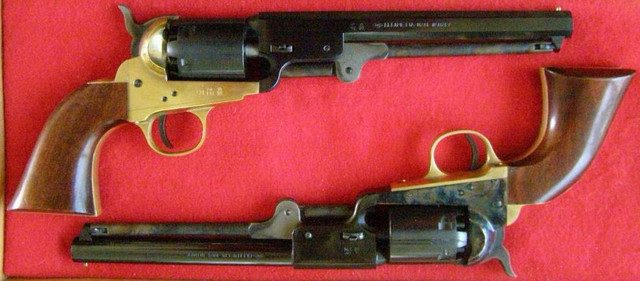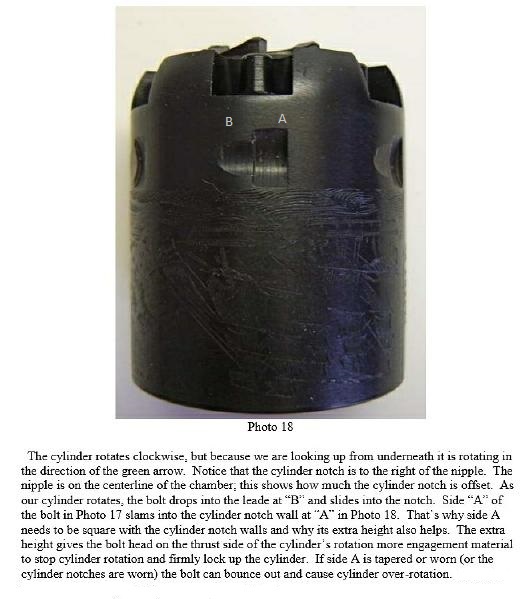- Joined
- Jul 24, 2018
- Messages
- 4,497
- Reaction score
- 5,647


Unlike the Griswold & Gunnison which is given a name when Pietta made the round barrel versions of these......it seems that by simply using existing 51 Navy parts and a brass frame, Pietta makes a somewhat unintentional Schneider & Glassick repro. Even the later Schneider & Glassicks have a one piece grip closer to the repro.
So when people say these aren't a repro of anything, they are wrong
Also there is a theory that a "tool room" or prototype of a .44 version may exist somewhere, so all those $170 brass frame .44 "Navy" revolvers that Cabelas sells a million of a year in blister packs are in fact a possible accidental repro of a revolver that "may" have existed.
Today's dose of useless knowledge that most may know but some may not. I figured all 4 people who care about this stuff may exist on this forum.











